International
Guayakill: Ecuadoran port city torn apart by gangs
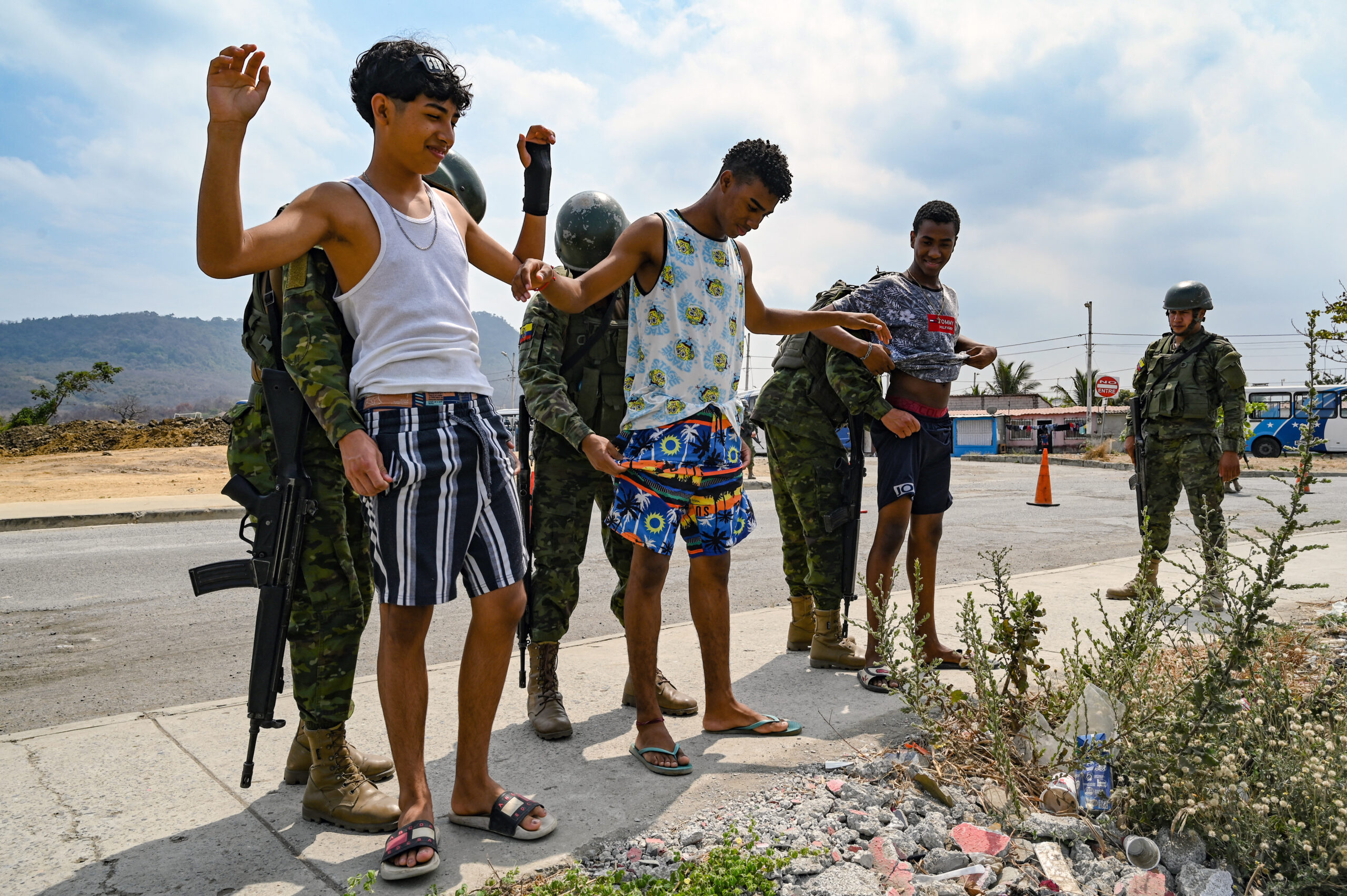
| By AFP | Héctor Velasco and Karla Pesantes |
Entire neighborhoods run by gangs, prison bloodbaths and police overwhelmed by criminal firepower: Drug trafficking has transformed the Ecuadoran city of Guayaquil into a den of violence.
The port city of 2.8 million people, which on Saturday hosts the final of the Copa Libertadores competition, has witnessed scenes of incredible barbarity in recent years.
Hundreds of inmates have been killed — many beheaded or incinerated — in numerous prison battles, and civilians have increasingly gotten caught up in the gang war rocking the city rebaptized “Guayakill” by inhabitants.
So far this year, the commercial heart of Ecuador has seen 1 200 murders — 60 percent more than in 2021 according to official data.
Since last year, almost 400 inmates have died in several cities, most of them in Guayaquil, which has also been hit by a spate of car bombs and shocking scenes of bodies dangling from bridges.
And despite the government declaring states of emergency to allow for troop deployment and boosting police numbers in Guayaquil by over 1 000 to nearly 10 000, some fear it is a losing battle.
“We used to confront small arms… revolvers. But now on the streets we face American (automatic) rifles, grenades, explosive devices,” police forensics official Luis Alfonso Merino told AFP.
“The violence has grown enormously.”
Rifles, grenades
Once a relatively peaceful neighbor of major cocaine producers Colombia and Peru, Ecuador was long merely part of the drug transit route.
But recently, traffickers with suspected links to Mexican cartels such as Sinaloa, the Gulf Clan and Los Zetas have been expanding their domestic presence — fighting over the fast-growing local market and access to the port of Guayaquil for exports to Europe and the United States.
The city’s prisons, where gangs also battle it out for supremacy, are emblematic of the fast-declining security situation.
In one of the deadliest riots in Latin American history, 122 people were slaughtered at the infamous Guayas 1 penitentiary in September last year in an hours-long rampage by inmates wielding guns, machetes and explosives.
“The State does not govern the prisons,” Billy Navarrete of the CDH human rights NGO told AFP.
Instead, they are under the control of “criminal organizations with the complicity of law enforcement agents who allow, tolerate and enrich themselves with arms trafficking,” he said.
The government has announced it was stepping up enforcement. In 2021, it reported a record haul of 210 tons of drugs.
So far this year, the figure stands at 160 tons.
In a 2019 report, Ecuadoran intelligence said there were at least 26 criminal gangs fighting for control of the lucrative drug market, but officials have since said the number is likely higher.
And according to operations chief Major Robinson Sanchez in Guayaquil, the gangs are “better armed than the police.”
Wolves vs Eagles
At the entrance to Socio Vivienda II, an impoverished housing development and one of the most dangerous places in Guayaquil, police and soldiers stand guard.
Two dozen others in black uniforms, bulletproof vests and balaclavas patrol the narrow streets on motorcycles.
Some 24 000 people live in Socio Vivienda’s three sectors in the crossfire of the gang war that has resulted in several public shootouts since 2019 and forced school closures in recent weeks.
The gangs go by names such as Lobos (Wolves) and Tiguerones. The Aguilas (Eagles) are based higher up on the hill.
When the groups first started going head to head, the community itself erected metal gates at the ends of streets to prevent gang members from moving freely about.
But police removed these for ease of access, and now “the bullets zoom from one end to the other,” said a community leader, 45, who spoke on condition of anonymity in an atmosphere of fear.
‘Zombies’ and sentinels
Patrolling officers stop at a house in Socio Vivienda and enter by force.
They find no drugs, only three youngsters with “Tigueron” tattooed onto their arms. It is not enough to detain them.
The gangs use children as young as 10 as sentinels or informants, residents and police say.
As they “rise” in the organization, they earn the right to get tattooed — but not without having committed a crime.
On the streets, it is common to see doped-up consumers of “H” — a heroin residue sold for 25 cents per gram. They are known locally as “zombies.”
The community leader told AFP that luxury vehicles moved in and out freely, transporting drugs right under the noses of police.
And as fearful families leave the neighborhood, gang members immediately “move in” to their homes, he added.
So far this year in Socio Vivienda II alone, records show 252 killings, up from 66 in 2021.
On the weekend preceding Saturday’s Libertadores clash between Brazilian teams Flamengo and Athletico Paranaense, 21 murders were reported in Guayaquil.
Some 50 000 foreign fans are expected to turn out for Saturday’s final.
International
Uribe requests freedom amid appeal of historic bribery conviction
Former Colombian President Álvaro Uribe on Monday requested that the Supreme Court restore his freedom while he appeals the historic 12-year house arrest sentence he received for bribery and procedural fraud.
Uribe, the most prominent figure of Colombia’s right wing, was convicted last week by a lower court for attempting to bribe paramilitary members into denying his ties to the violent anti-guerrilla squads.
Since Friday, the 73-year-old has been under house arrest at his residence in Rionegro, about 30 km from Medellín. The judge justified the measure by citing a risk of flight.
However, Uribe’s defense team rejected that argument and formally petitioned the court to immediately lift the detention order, claiming it lacks legal basis.
Uribe, a dominant force in Colombian politics for decades, is now the first former president in the country’s history to be convicted and placed under arrest, found guilty of witness tampering and obstruction of justice to prevent links to paramilitary groups.
He has repeatedly denounced the trial as politically motivated, blaming pressure from the leftist government currently in power.
His political party, Centro Democrático, has called for nationwide protests on August 7 in support of Uribe, who remains popular for his hardline stance against guerrilla groups.
Uribe has until August 13 to submit his written appeal. The case will then move to the Bogotá High Court, which has until October 16 to uphold, overturn, or dismiss the sentence. If the deadline passes without a decision, the case will be archived.
International
U.S. Embassy staff restricted as gunfire erupts near compound in Port-au-Prince
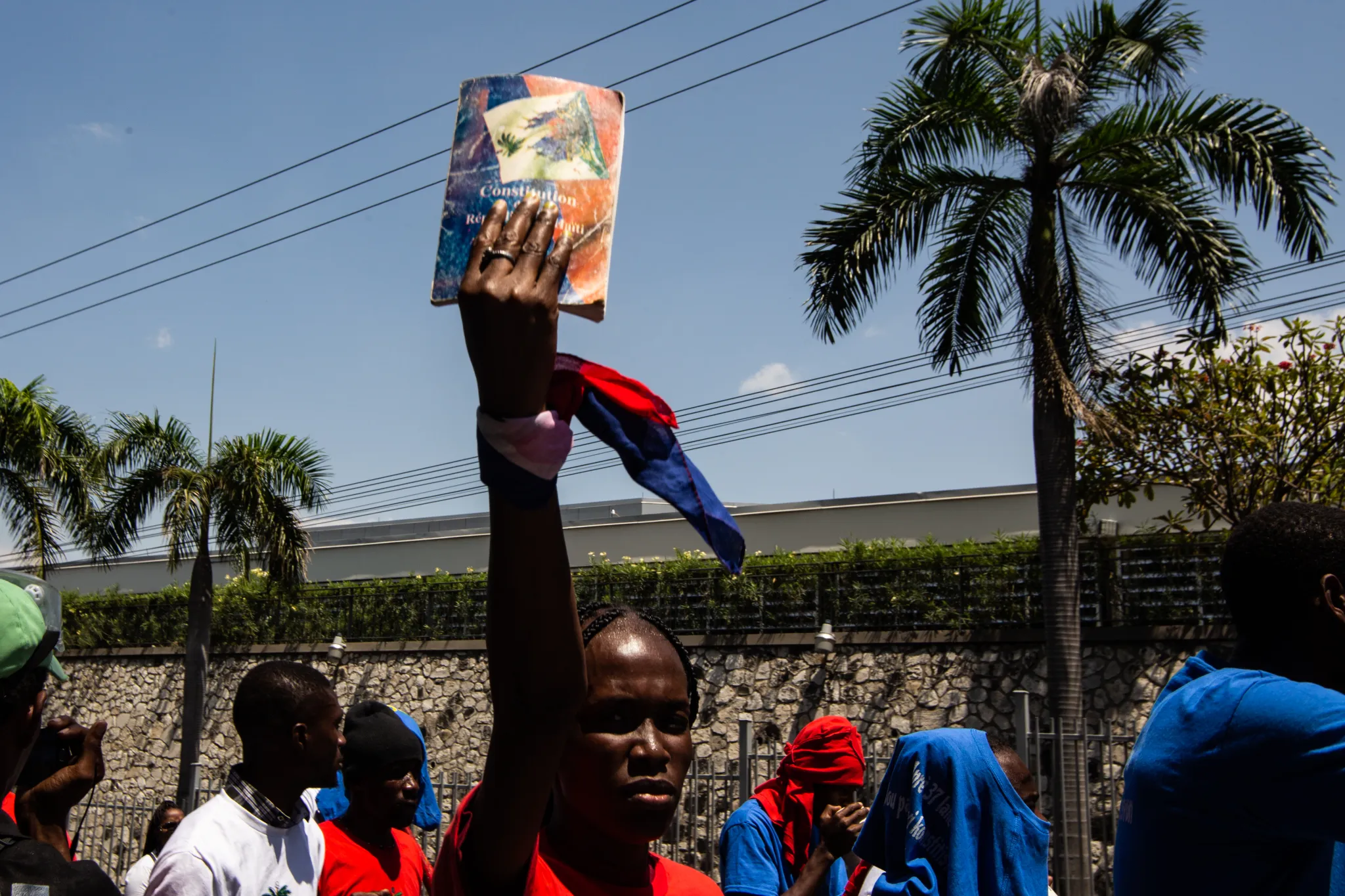
The poorest country in Latin America and the Caribbean is currently engulfed in a deep political crisis and a wave of violence driven by armed groups — a situation that an international security mission led by Kenya is attempting to stabilize.
Due to the worsening security conditions, the U.S. government has suspended all official movements of embassy personnel outside the compound in Port-au-Prince, the U.S. State Department announced Monday in a security alert posted on social media platform X.
“There are intense gunfights in the Tabarre neighborhood, near the U.S. Embassy,” the alert reads, urging the public to avoid the area.
Tabarre is a municipality located near Port-au-Prince International Airport, northeast of the Haitian capital.
According to a July report by the UN High Commissioner for Human Rights, at least 3,141 people were killed in Haitibetween January 1 and June 30 of this year.
International
Israel says 136 food aid boxes airdropped into Gaza by six nations

The Israeli military announced on Sunday that 136 boxes of food aid were airdropped into Gaza by the United Arab Emirates, Jordan, Egypt, Germany, and Belgium.
“In recent hours, six countries conducted air drops of 136 aid packages containing food for residents in the southern and northern Gaza Strip,” read the statement, which added that the operation was coordinated by COGAT, the Israeli defense body overseeing civil affairs in the occupied Palestinian territories.
The Israeli military emphasized that they will “continue working to improve the humanitarian response alongside the international community” and reiterated their stance to “refute false allegations of deliberate famine in Gaza.”
The announcement comes as UN agencies warn Gaza faces an imminent risk of famine. More than one in three residents go days without eating, and other nutrition indicators have dropped to their worst levels since the conflict began.
The agencies also noted the difficulty of “collecting reliable data in current conditions, as Gaza’s health systems —already devastated by nearly three years of conflict— are collapsing.”
Meanwhile, Gaza’s Hamas-run Health Ministry reported on Sunday that hospitals in the enclave recorded six deaths from hunger and malnutrition on Saturday, all of them adults.
-

 Central America4 days ago
Central America4 days agoDaniel Ortega’s last historic sandinista ally detained in Managua
-

 Central America4 days ago
Central America4 days agoHonduras sees ongoing killings of land defenders and attacks on press, warns NGO
-
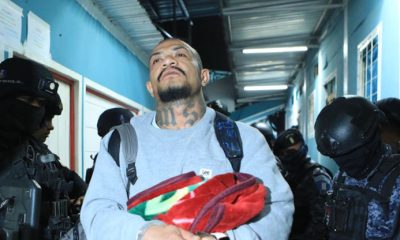
 Central America4 days ago
Central America4 days agoGuatemala transfers top gang leaders to maximum security prison after funeral home massacre
-

 International4 days ago
International4 days agoTrump to build $200M ballroom at the White House by 2028
-

 Central America3 days ago
Central America3 days agoCosta Rica faces historic vote on lifting presidential immunity for Rodrigo Chaves
-
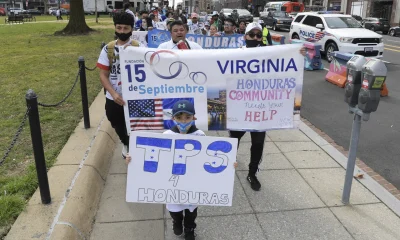
 International3 days ago
International3 days agoTrump administration blasts judge’s ruling reinstating TPS for Honduras, Nepal, and Nicaragua
-

 International3 days ago
International3 days agoStudy finds COVID-19 vaccines prevented 2.5 million deaths worldwide
-

 International1 day ago
International1 day agoIsrael says 136 food aid boxes airdropped into Gaza by six nations
-
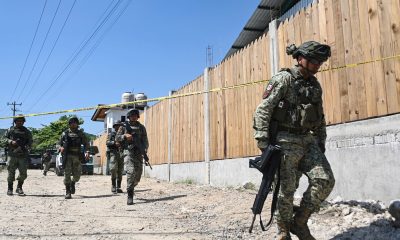
 International1 day ago
International1 day agoSeven inmates dead, 11 injured after violent riot in Veracruz prison
-
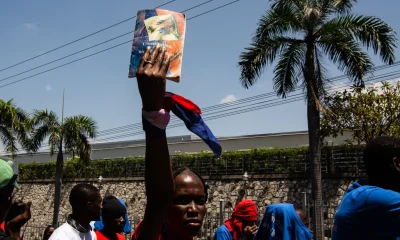
 International11 hours ago
International11 hours agoU.S. Embassy staff restricted as gunfire erupts near compound in Port-au-Prince
-
International11 hours ago
Uribe requests freedom amid appeal of historic bribery conviction


















